![Review: “A Little Life” by Hanya Yanagihara is the epitome of a heartwrenching masterpiece [MUSE]](https://hilite.org/wp-content/uploads/2024/01/unnamed-5.png)
“A Little Life” by Hanya Yanagihara is objectively a good book; after all, it has a 4.34 rating on Goodreads with over 543,000 ratings and was also the 2015 Goodreads Nominee for Best Fiction. However, “A Little Life” isn’t just a “good book”. It isn’t just some fiction novel you can pick up, read in a few hours and discard from your brain. The sheer crafting of the writing and the incredibly raw and honest development of the characters sets it apart from any other fiction novel that treads along the same themes of mental health, substance abuse and queerness.
The book follows the lives of four characters: Jude, Willem, Malcolm and JB. While in theory there are four protagonists, the spotlight of the novel is given to Jude, and the other three main characters mostly just play a role in providing more dimension and context to Jude’s life. Simply put, the book could be seen as Jude’s biography. Yanagihara jumps from the present to glimpses of Jude’s dark past, alternating between the progression of Jude in his daily life and Jude in his youth.
While at times, the alternation made the book a little hard to follow, this style of writing made sense for “A Little Life”. Most of the book is focused on Jude and his problems, physically and mentally, that prevent him from living a “normal” life, but what Yanagihara did particularly well was accumulating the amount of trauma throughout the book to provoke the fullest amount of empathy a reader could feel. Before the first flashback to Jude’s youth, I hadn’t really felt anything. Of course, Jude dealing with his medical issues was hard to read, and yes, reading about his trauma responses did make me feel sad, but it wasn’t until the fleshing out of his history–why exactly he had those trauma responses, and why his medical issues were so bad–that I had begun feeling actual feelings for this fictional character.
The most effective moments from “A Little Life” were not something any author could have done. Coupled with intense, graphic depictions of years of abuse and trauma, Yanagihara’s language and writing to weave the details were simply incredible; the details of Jude’s past were crafted so raw and honestly that it’d be hard to not feel something.
However, the thing that made “A Little Life” so special wasn’t its depictions of trauma, violence and human atrocities; instead, it was the ending. Yanagihara did not believe in happy endings. She refused to give into the stereotypical “and we all lived happily ever after” plotline, and it makes “A Little Life” ruthlessly depressing. Jude, after all his years of suffering, gets no reprieve from his grief, and neither do most of the other main characters. This was a remarkable route to take–in the majority of fiction books, depressing as they may be, there would be some sort of “happily ever after”. That’s completely nonexistent in “A Little Life”, and Yanagihara makes that perfectly clear. Regardless of the number of people on Goodreads screaming about how depressing this book was and how Yanagihara should’ve laid off on some of the sentiments, I would always praise Yanagihara for her depictions of trauma and its impact on people’s lives. Throughout the novel, the message is portrayed very clearly: Trauma is trauma, and there aren’t always happy endings.
“A Little Life” is an incredible work of trauma, hurt, and human atrocities and paints the dark side of reality beautifully. Yanagihara’s only crime was that she didn’t give in to the cliché, stereotypical happy ending. As much as I was on my knees begging for Jude to be given some kind of reprieve from his suffering, Yanagihara never gave in; that’s something I didn’t appreciate while reading the book, but in the end, it does “A Little Life”, Jude and all of the other survivors of trauma around the world justice.
On this blog, members of the Carmel High School chapter of the Quill and Scroll International Honorary Society for High School Journalists (and the occasional guest writer) produce curations of all facets of popular culture, from TV shows to music to novels to technology. We hope our readers always leave with something new to muse over. Click here to read more from MUSE.































![What happened to theater etiquette? [opinion]](https://hilite.org/wp-content/uploads/2025/04/Entertainment-Perspective-Cover-1200x471.jpg)





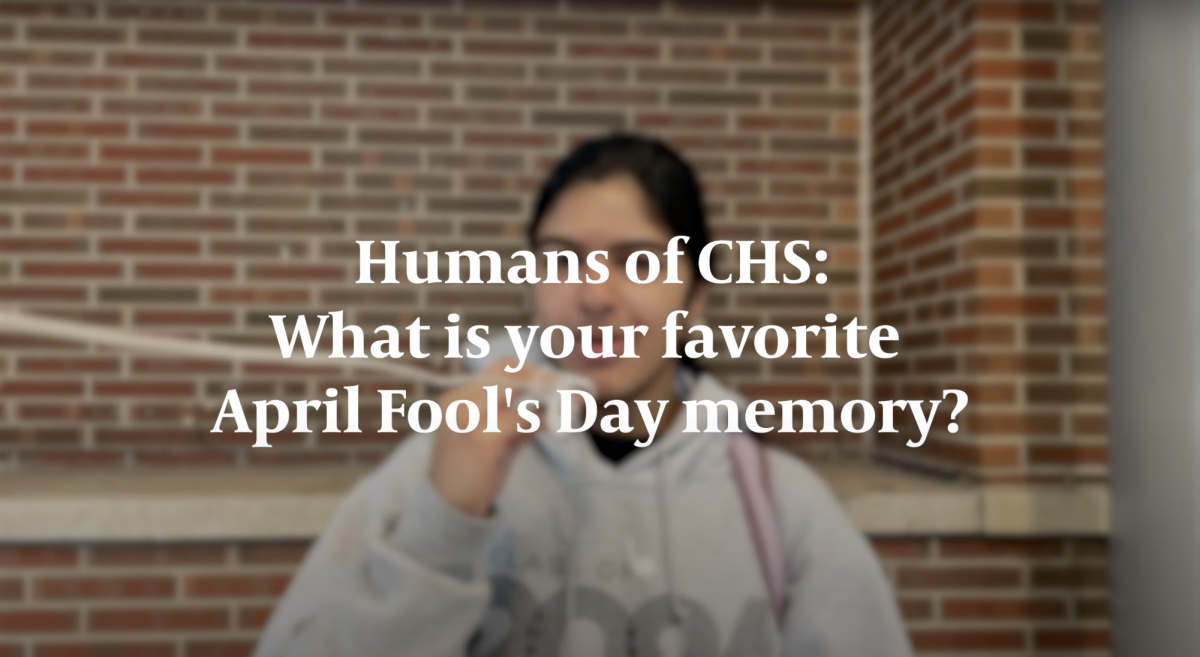





















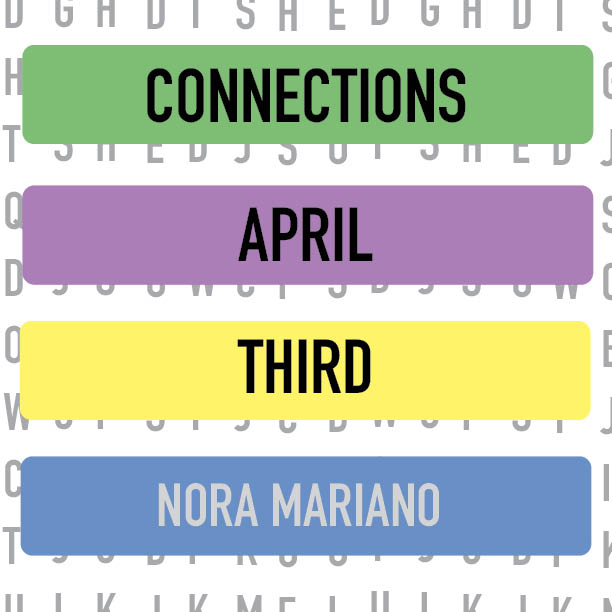





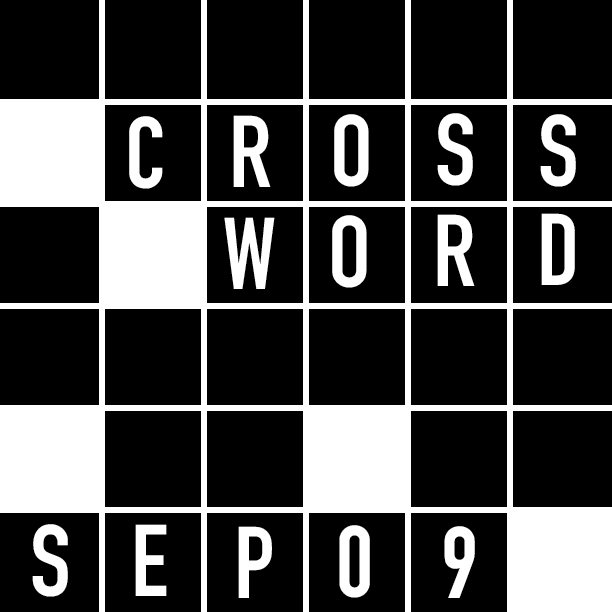






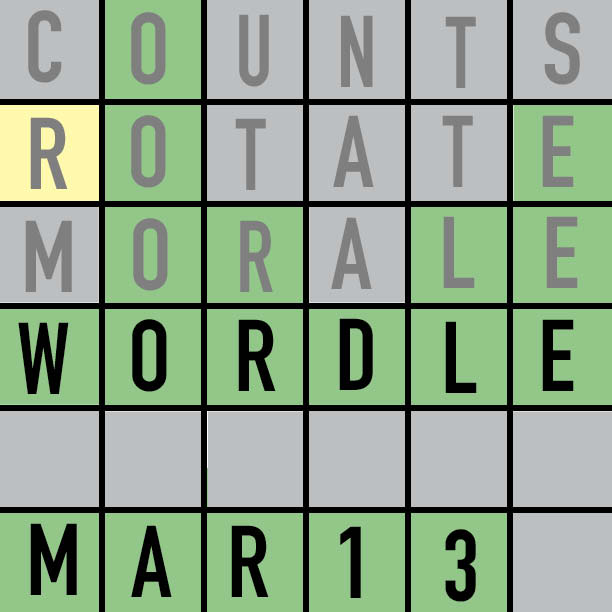
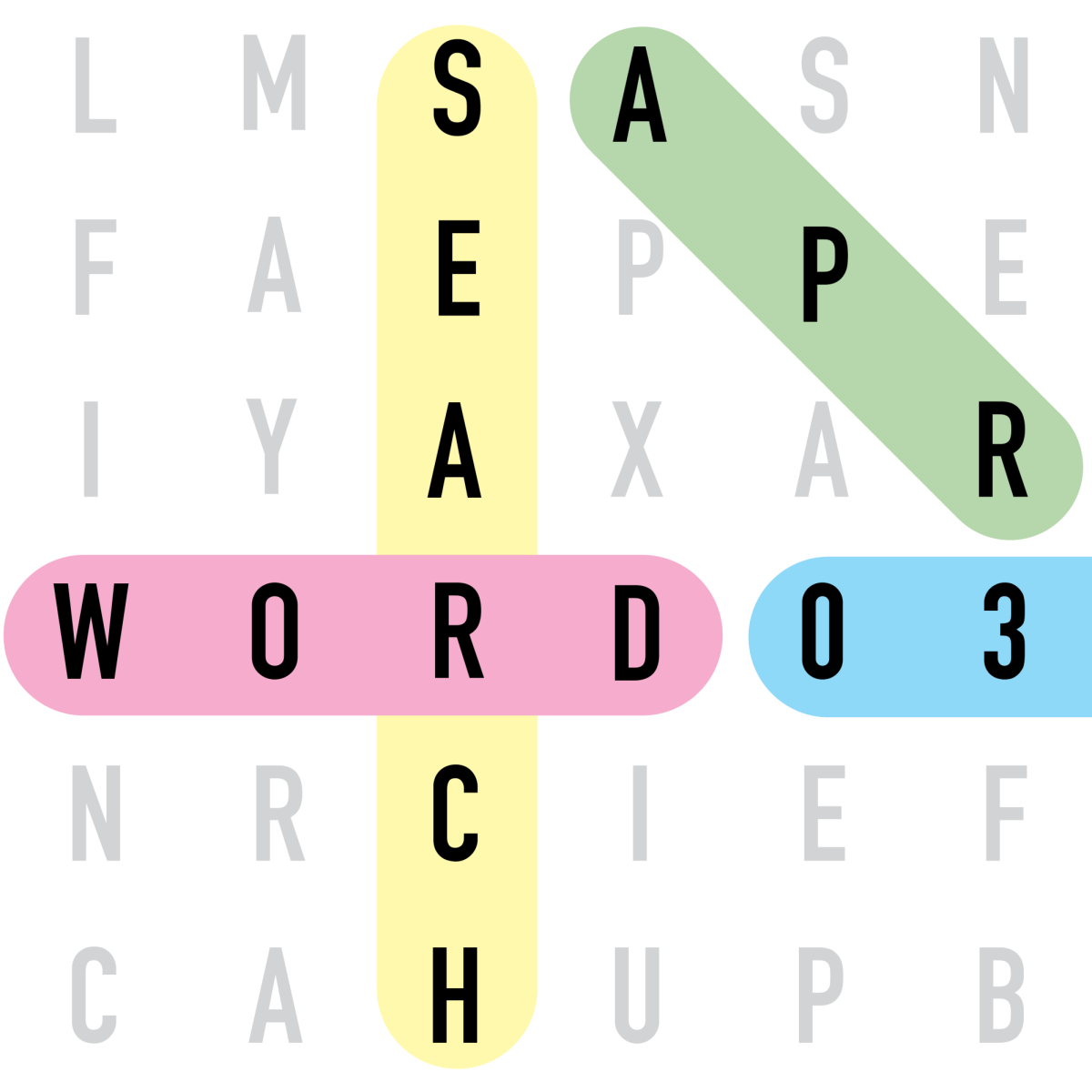




![Review: “The Immortal Soul Salvage Yard:” A criminally underrated poetry collection [MUSE]](https://hilite.org/wp-content/uploads/2025/03/71cju6TvqmL._AC_UF10001000_QL80_.jpg)
![Review: "Dog Man" is Unapologetically Chaotic [MUSE]](https://hilite.org/wp-content/uploads/2025/03/dogman-1200x700.jpg)
![Review: "Ne Zha 2": The WeChat family reunion I didn’t know I needed [MUSE]](https://hilite.org/wp-content/uploads/2025/03/unnamed-4.png)
![Review in Print: Maripaz Villar brings a delightfully unique style to the world of WEBTOON [MUSE]](https://hilite.org/wp-content/uploads/2023/12/maripazcover-1200x960.jpg)
![Review: “The Sword of Kaigen” is a masterpiece [MUSE]](https://hilite.org/wp-content/uploads/2023/11/Screenshot-2023-11-26-201051.png)
![Review: Gateron Oil Kings, great linear switches, okay price [MUSE]](https://hilite.org/wp-content/uploads/2023/11/Screenshot-2023-11-26-200553.png)
![Review: “A Haunting in Venice” is a significant improvement from other Agatha Christie adaptations [MUSE]](https://hilite.org/wp-content/uploads/2023/11/e7ee2938a6d422669771bce6d8088521.jpg)
![Review: A Thanksgiving story from elementary school, still just as interesting [MUSE]](https://hilite.org/wp-content/uploads/2023/11/Screenshot-2023-11-26-195514-987x1200.png)
![Review: "When I Fly Towards You", cute, uplifting youth drama [MUSE]](https://hilite.org/wp-content/uploads/2023/09/When-I-Fly-Towards-You-Chinese-drama.png)
![Postcards from Muse: Hawaii Travel Diary [MUSE]](https://hilite.org/wp-content/uploads/2023/09/My-project-1-1200x1200.jpg)
![Review: "Ladybug & Cat Noir: The Movie," departure from original show [MUSE]](https://hilite.org/wp-content/uploads/2023/09/Ladybug__Cat_Noir_-_The_Movie_poster.jpg)
![Review in Print: "Hidden Love" is the cute, uplifting drama everyone needs [MUSE]](https://hilite.org/wp-content/uploads/2023/09/hiddenlovecover-e1693597208225-1030x1200.png)
![Review in Print: "Heartstopper" is the heartwarming queer romance we all need [MUSE]](https://hilite.org/wp-content/uploads/2023/08/museheartstoppercover-1200x654.png)


